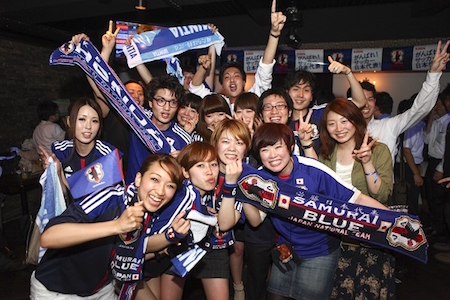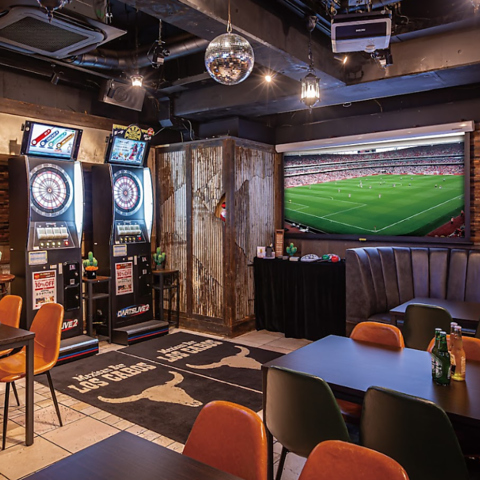B League 2ND season so far ~ Number of spectators ~

The 2017 and -18 B-League Seasons

B League was established on September 22, 2016. About half of the schedule for the second year has been completed. Here is a summary of the audience numbers so far.
Overall *** Numbers Up Slightly

The average number of spectators at all games last season was 2,754 (except for the opening day in Tokyo). Although the season is at the end of 15, the festival has attracted 2,766 spectators. The game is progressing without any jinx in its 2nd year, but the number of spectators increased by 10% in the 2nd year from the first year of the J. League. In the case of the J League, the increase rate is high due to the capacity of the stadium, but in the case of the B League, there is a dilemma that although the heat is rising, as in the case of the Chiba Jets and the Tochigi Brex, the booster cannot enter. As will be described later, the appearance of a large arena is expected.
Chiba overwhelmingly dominates by team

Let's look at each team. As in the previous year, Chiba Jets ranked first in the average number of visitors. The number of players increased by 114.7% over the previous year, and it is the only team with more than 5,000 players. It's not exactly a good place to go, but the crowds are the result of the team's management efforts and the power of the booster. Lebanga Hokkaido, Tochigi Brex, Niigata Albirex BB and Ryukyu Golden Kings have more than 3,000 visitors, and local cities are attracting a lot of visitors. In particular, Levanga Hokkaido has seen a significant increase in attendance of 130% over the previous year. Hokkaido's enthusiasm for sports can be seen in the 3 games, in which the number of players exceeds 4,000, starting with 5,687 on the opening day.
However, at the present time, it is highly likely that the number of players in Yokohama will exceed 3000, but there were 6 teams that cleared 3,000 on average in the previous year, but this year the gap between the top and bottom teams is becoming more pronounced with 5 teams losing 1 team.
Team Ranking Not Relative to Audience
Alvark Tokyo is currently the top team in the East region, while the Sun Rockers, which moved up the standings all of a sudden to the 3rd place with 10 consecutive wins, are home to only 2,483 Alvark players and 2,491 Sun Rockers, respectively, and Alvark Tokyo, the top team, lost 90.4% and 10% of the visitors compared to the previous year (excluding the opening of the previous year). Alvark used to use the Yoyogi second gymnasium as its home for the previous year, but this season the home was moved to Tachikawa, and it seems that the lack of awareness of the surrounding area is largely responsible for the change. This situation is reminiscent of the J-League's Verdy losing its popularity when it moved from Kawasaki, although there are problems with the players. At the moment, the team is trying to get closer to the local community, but I hope we can get results soon. The team is very popular, including the players they belong to, so they should be able to recover from the second half.
The East is the dominant region.
Looking at the number of spectators by district, the East district, which has many popular teams, has the largest number of spectators. The population of the East area was 3,281 while that of the Middle area was 2,687 and that of the West area was 2,401. The fact that there are 2 promoted teams in the west district is one of the reasons, but the 2 promoted teams were able to attract more than 160% of the customers compared to the previous year, and Susanoo Magic in particular is now the 3rd most popular team in the district. There are 2 teams with less than 2,000 spectators, and especially in Kyoto, the number of spectators will soon reach 2,000, so we hope to attract more spectators in the home games of the second half.
Akita, which used to belong to the B1 East district in the previous year, has attracted more than 3,000 visitors.
The dream arena is born!?

There is a plan to build a home arena in the Ryukyu Golden Kings. Capacity of 10,000 people. It is scheduled to be completed in 2020, but once it is completed and the Big Club is born, the power map will change drastically.
Originally, there was no large-scale arena in Okinawa, and it was held outdoors even for live events by artists, so it was not possible to hold stable events due to weather problems. Although there is a limit to the income of a basket alone, holding other events regularly is expected to provide stable income and further stabilize the financial base. Currently, Osaka Evessa is the only B-league club that operates the home arena. In 2016, Evessa made 300 million yen from Arena alone, and the number of teams whose arena operations will become a new management base may increase. By operating the arena well, it is possible to generate a positive cycle in which profits increase and first-class players from overseas are brought in to attract more customers.
Second Half of *** and Future Prospects
Although the number of spectators decreased a little early this year, the number of spectators is increasing as the competition for the rankings gets heated. And, although it doesn't show up in the overall numbers, it was expected to be full in championships and shuffles, and it was a big revenue boost for the participating teams. We expect to see a similar trend this season, so we expect to see an increase in average customer traffic. After that, it will be important to increase the amount of notice to the national team and to raise public awareness of the national team. How many people know there will be a World Cup qualifier in February and July? Originally, the B League side is aiming to be in a state of "Core layer brings light layer" while making measures to attract core players as an approach. Of course, the deep moats of the core class are important, but I think the time has come for light classes to have more opportunities to "touch a basket" in bars and homes around the city, and for them to cultivate potential future booster candidates.
A 10% quarter-over-quarter increase would be a good start. Moreover, rather than simply trying to mobilize the number of boosters, there is an example of DeNA in professional baseball, but as the capacity ratio of the league becomes popular, it should be possible to measure the actual heat of the B league, so I would like the league side to make a favorable comment on the capacity ratio.
Sentence Shinnen FUKUDA








![Darts and Sports Bar Elephant Lounge Shinjuku Main Store [Old: Los Cabos Shinjuku Main Store]](https://d29d4ix4siswd2.cloudfront.net/uploads/shop_image/image/192/店内写真.jpg)


